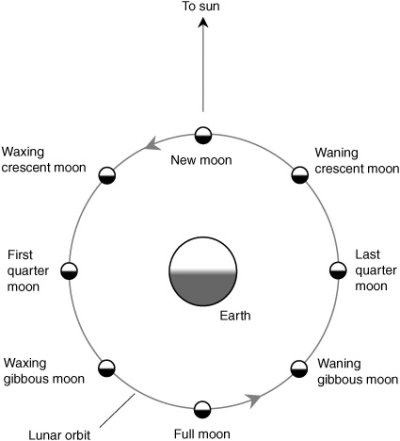veremchuka
Thinks s/he gets paid by the post
OK, I'm not the sharpest knife in the drawer when it comes to this stuff but I have some experience. Can anyone explain how the 1st appearance of the crescent moon can appear in the morning?
Here's the story called "The Thinnest Crescent".
Spaceweather.com Time Machine
Here's the statement that got my attention and caused my confusion
Maybe the answer is that it is not possible to see this thin a crescent (see text from the article below) and the 1st time you can see the crescent moon is at sunset?
Here's the story called "The Thinnest Crescent".
Spaceweather.com Time Machine
Here's the statement that got my attention and caused my confusion
So here's some points to consider -This image shows the tiny lunar crescent at the precise moment of the New Moon, in full daylight at 7h14min UTC on July 8 2013," says Legault. "It is the youngest possible crescent, the age of the Moon at this instant being exactly zero.
- UTC is a 24 hour clock at Greenwich England right?
- So this means it was 7:14 AM at the UTC longitude because 7:14 pm would be 19:14 right?
- So I looked at the weather for Elancourt, France on Weather Underground. It says the time is +2:00 UTC. That means when it is 07:14 ( 7:14 am) at UTC it is 09:14 (9:14 am) at Elancourt, France right?
- The new moon is when the moon appears for the 1st time and then day by day gets larger until it is a full moon right?
Maybe the answer is that it is not possible to see this thin a crescent (see text from the article below) and the 1st time you can see the crescent moon is at sunset?
the blue sky being about 400 times brighter than the crescent itself in infrared and probably more than 1000 times brighter in visible light.

